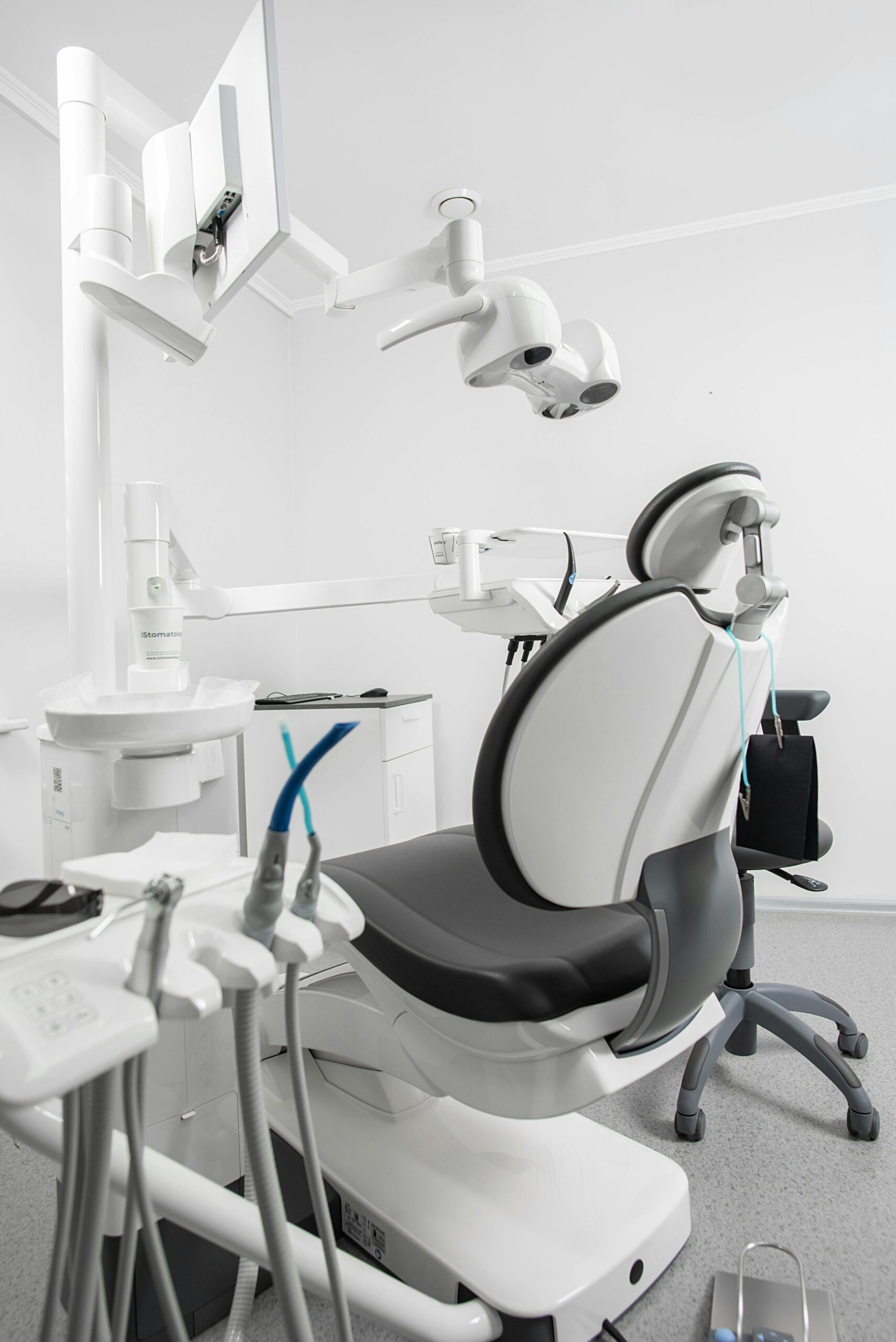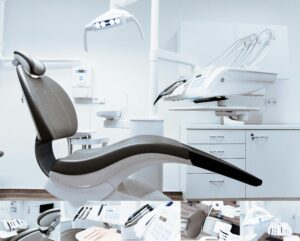Having a confident smile is something everyone deserves. However, if you’re dealing with bad teeth, it might feel like a distant dream. The good news is that modern dentistry offers numerous solutions to fix and enhance your smile. These solutions cater to both aesthetic desires and functional needs, ensuring that everyone can find a treatment that suits their specific situation. Whether it’s cosmetic issues or functional problems, there are treatments available to suit every need and budget. In this guide, we’ll explore the top dental treatments for bad teeth, helping you understand how you can go from hiding your smile to flaunting it with pride. With a little bit of research and consultation, you can find the right path towards a healthier, more beautiful smile.
Understanding the Causes of Bad Teeth
Before diving into treatments, it’s essential to understand what might cause bad teeth. Common culprits include poor oral hygiene, genetic factors, accidents, and dietary choices. Poor oral hygiene can lead to plaque buildup, which causes decay and discolouration, while genetic predispositions might affect the natural alignment and strength of your teeth. Accidents such as falls or sports injuries can also lead to chipped or broken teeth. These can lead to issues like discolouration, misalignment, cavities, and even tooth loss. Recognising these causes can help in selecting the most appropriate treatment for fixing your smile. Moreover, understanding the root of the problem can help prevent future dental issues, as preventative care can often mitigate these common causes.
Cosmetic Dentistry: Enhancing Aesthetics
Cosmetic dentistry focuses on improving the appearance of your teeth. These treatments not only enhance the look of your smile but can also improve your overall self-esteem and confidence. Here are some popular options:
Teeth Whitening
Over time, teeth can become discoloured due to food, drinks, and smoking. Coffee, wine, and certain berries are notorious for staining teeth, while habits like smoking can cause yellowing. Teeth whitening is a simple and effective way to restore the brightness of your smile. This treatment involves bleaching your teeth to remove stains and discolouration. It’s a quick procedure that can be done at a dental clinic or at home with dentist-supervised kits. Professional treatments usually provide faster and more noticeable results, while at-home kits offer a convenient and cost-effective alternative.
Dental Veneers
Dental veneers are thin shells made of porcelain or composite material that cover the front surface of teeth. They are a great solution for fixing teeth that are chipped, cracked, or severely stained. Veneers are custom-made to match the colour and shape of your natural teeth, providing a seamless and natural-looking result. This treatment is particularly popular among those looking to achieve a Hollywood smile, as veneers can dramatically transform the appearance of your teeth. While they are a more permanent solution, they require a commitment to maintaining good oral hygiene and regular dental check-ups to ensure their longevity.
Dental Bonding
Dental bonding involves applying a tooth-coloured resin to repair decayed, chipped, or cracked teeth. The resin is moulded and polished to match the surrounding teeth. This cost-effective procedure is excellent for minor cosmetic issues and can typically be completed in a single visit. Bonding is also a great option for those looking to make small adjustments to their smile without the commitment or cost of more extensive procedures. However, it’s worth noting that the material used in bonding may be less durable than other options, requiring touch-ups over time.
Restorative Dentistry: Fixing Functionality
Restorative dentistry focuses on repairing damaged teeth and restoring their function. These treatments are essential not just for aesthetic reasons, but also for maintaining oral health and ensuring proper bite alignment. Here are some treatments in this category:
Dental Crowns
A dental crown is a cap that covers a damaged tooth to restore its shape, size, and function. Crowns are used for various reasons, such as protecting a weak tooth, restoring a broken tooth, or covering a tooth with a large filling. They are made from different materials, including porcelain, ceramic, and metal. Porcelain and ceramic crowns are popular for their natural appearance, while metal crowns are often used for their durability. Crowns can significantly enhance the strength and longevity of a tooth, often being used after root canal treatments or for teeth that have undergone significant decay.
Dental Implants
Dental implants are a permanent solution for missing teeth. They involve placing a metal post into the jawbone, which acts as a root for a replacement tooth. Implants are strong, durable, and provide a natural look and feel. They also help maintain jawbone density, which can be lost with missing teeth. This is crucial because jawbone loss can lead to changes in facial structure over time. While the process of getting dental implants can be lengthy, involving several stages over a few months, the results are highly rewarding, offering a long-lasting solution that closely mimics natural teeth.
Dental Bridges
A dental bridge is used to fill the gap created by one or more missing teeth. It involves placing crowns on the teeth adjacent to the gap and attaching an artificial tooth in between. Bridges help restore the ability to chew and speak properly and prevent remaining teeth from shifting out of position. This treatment is often quicker and less invasive than dental implants, making it an attractive option for many patients. However, it requires healthy adjacent teeth to support the bridge, which may not be suitable for everyone.
Orthodontic Solutions: Correcting Alignment
Orthodontic treatments are designed to correct misaligned teeth and bite issues. These treatments not only improve the aesthetic of your smile but also contribute to better oral health by making it easier to clean your teeth and gums. Here are some options:
Traditional Braces
Traditional braces use metal brackets and wires to gradually move teeth into the desired position. They are highly effective for correcting severe misalignment and bite issues. Although they require a longer treatment time, they offer reliable results. Advances in orthodontic technology have made braces more comfortable and less noticeable, with options like ceramic braces available for a more discreet look. Regular adjustments by an orthodontist ensure that the teeth are moving as planned, making this a tried-and-true method for achieving a straight smile.
Invisalign
Invisalign is a popular alternative to traditional braces. It uses clear, removable aligners that are custom-made to fit your teeth. Invisalign is suitable for mild to moderate alignment issues and offers the advantage of being nearly invisible, making it a preferred choice for adults and teens. The ability to remove the aligners for eating and cleaning also provides a level of convenience that traditional braces do not. However, the success of Invisalign largely depends on the user’s commitment to wearing the aligners for the recommended amount of time each day.
Retainers
Retainers are often used after braces or Invisalign treatment to maintain the new position of teeth. They can be removable or fixed and play a crucial role in ensuring long-term success after orthodontic treatment. Regular use of retainers is essential to prevent teeth from shifting back to their original positions. Depending on the type of retainer, they may need to be worn full-time initially and then transitioned to nightly use. They are a simple yet vital part of maintaining the results achieved through orthodontic treatments.
Choosing the Right Treatment
Selecting the right treatment for bad teeth depends on various factors, including the severity of the issue, budget, and personal preferences. It’s important to consult with a dental professional who can assess your situation and recommend the best course of action. They can provide insights into the pros and cons of each treatment option, helping you make an informed decision.
Considerations
- Cost: Dental treatments can vary significantly in price. Insurance may cover some procedures, but cosmetic treatments often require out-of-pocket expenses. It’s important to understand the financial implications of each option and explore any available financing plans.
- Duration: Some treatments, like braces, take longer to complete, while others, like whitening, offer quick results. Consider your timeline and how quickly you want to see changes in your smile.
- Maintenance: Consider the long-term care and maintenance required for each treatment to ensure lasting results. Some options may require more frequent dental visits or special care routines, which can impact your decision.
Take the First Step to a Healthier, More Beautiful Smile
Fixing bad teeth is not just about aesthetics; it’s about improving your oral health and boosting your confidence. With advancements in dental technology, there are more solutions available than ever before to help you achieve the smile you’ve always wanted. Whether you’re dealing with discoloration, misalignment, or missing teeth, there’s a treatment out there for you. Don’t hesitate to take the first step towards a healthier, more beautiful smile. Embracing dental treatments can transform not only your appearance but also your quality of life.
Remember, regular dental check-ups and maintaining good oral hygiene are essential for preventing future dental issues and ensuring the longevity of any treatments you choose. By staying proactive with your dental care, you can enjoy the benefits of your treatment for years to come.
By understanding the options and working with a qualified dentist, you can find the best solution to transform your smile and enhance your quality of life. Investing in your dental health is an investment in your overall well-being, paving the way for a brighter, more confident future.








